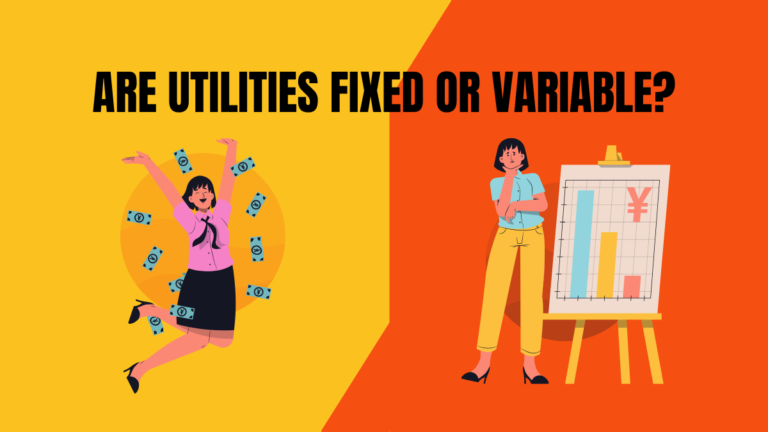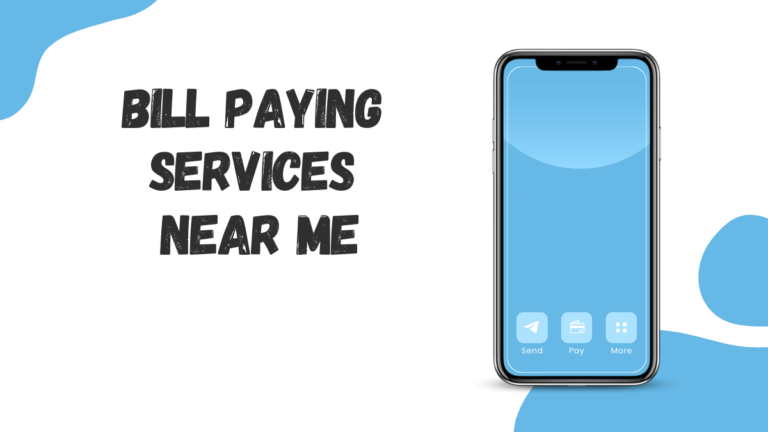Average Cable And Internet Bill Per Month
Are you tired of being blindsided by your cable and internet bill every month? Wondering if what you’re paying is the norm or if you’re getting a raw deal? Well, look no further! In this eye-opening blog post, we’ll dive deep into the average cable and internet bill per month, revealing surprising insights that will leave you equipped to make smarter choices about your monthly expenses.
Whether you’re a budget-conscious consumer or just curious about how your bills stack up against others, get ready for an enlightening journey through the world of cable and internet costs. So grab a cup of coffee, sit back, and let’s unravel this financial mystery together.
Table of Contents
Tips to Reduce the Average Cable and Internet Bill Per Month
Cable and internet providers typically charge around $99 per month for both services. However, there are a few ways to lower your monthly bill. Here are a few tips:
- Check for discounts: Many companies offer discounts for students, seniors, military personnel, and more. You may be able to get a discount just by asking.
- Look into alternatives: There are many cable and internet providers out there. If you’re not happy with your current provider, look into other options. You may be able to find a cheaper alternative that still meets your needs.
- Bundle services: Many companies offer discounts when you bundle multiple services together (cable, internet, phone, etc.). This can help you save money each month.
- Negotiate: Don’t be afraid to negotiate with your provider. You may be able to get a lower monthly rate if you threaten to switch to another company.
By following these tips, you can lower your monthly cable and internet bill significantly.
Overview of Cable and Internet Bills by State
Cable and Internet bills can vary significantly by state. In some states, the average monthly bill for both services is over $100, while in others it is less than $70. The most expensive state for cable and internet is Hawaii, where the average monthly bill is $107.16. This is followed by Alaska ($105.62), Delaware ($102.50), and Rhode Island ($101.67).
The least expensive state for both services is Arkansas, where the average monthly bill is just $66.33. This is followed by Idaho ($67.50), Nebraska ($68.08), and South Dakota ($68.83).
There are a few states where the average monthly bill for internet service alone is over $100. These include Hawaii ($111.67), Alaska ($109.58), Delaware ($106.25), and Rhode Island ($105).
The cheapest state for internet service is Arkansas, where the average monthly bill is just $61.67, followed by Idaho ($62.50), Nebraska ($63.75), and South Dakota($64).

Factors Affecting Average Cable and Internet Bill Costs
There are a number of factors that can affect the cost of your monthly cable and internet bill. The type of service you have, the package you choose, and the location you live in can all play a role in how much you pay each month.
Here are some things to keep in mind when considering the cost of your monthly cable and internet bill:
- The type of service you have: Cable, DSL, fiber optic, or satellite all offer different speeds and features at different price points. If you’re looking for the fastest possible connection, fiber optic is going to be your most expensive option. However, if speed isn’t as important to you, DSL or cable may be a cheaper option.
- The package you choose: Most providers offer different tiers of service with different channels and features. The more channels and features you want, the more expensive your monthly bill will be.
- Your location: In general, urban areas will have higher prices for internet and cable than rural areas. This is because it costs more to provide service to densely populated areas.
Keep these factors in mind when considering the cost of your monthly cable and internet bill so that you can find the best deal for your needs.
Tips on How to Lower Your Monthly Cable and Internet Bill
Cable and internet bills can be a huge chunk of your monthly budget. Here are a few tips to help lower your monthly bill:
- Shop around for the best deal: Just because you’ve been with the same provider for years doesn’t mean you’re getting the best deal. Take some time to compare rates and see if you can get a better deal elsewhere.
- Consider bundling your services: Many providers offer discounts if you bundle your cable and internet services together. It may be worth it to switch providers or add another service to save money each month.
- Negotiate your bill: If you’re happy with your current provider, call them up and see if there are any discounts or promotions they can offer you. Sometimes, all it takes is a little haggling to get your bill lowered.
- Get rid of extra channels or services you don’t use: If you have a premium channel package, but only watch a handful of channels, consider downgrading to a cheaper package. The same goes for any other extras like DVR service or rental equipment – only keep what you actually use and need.
- Use an antenna for local channels: If you only watch network TV shows and local news, then there’s no need to pay for expensive cable packages loaded with channels you don’t watch. You can get most local channels for free.
Alternatives to Traditional Cable and Internet Plans
There are a number of alternatives to traditional cable and internet plans that can save you money each month. One option is to use a streaming service such as Netflix, Hulu, or Amazon Prime. These services typically cost around $10 per month and offer a wide variety of TV shows, movies, and other content.
Another alternative is to sign up for a broadband internet service such as AT&T U-Verse or Verizon FiOS. These services typically start at around $30 per month and offer speeds much faster than traditional cable internet.
You can always ditch your cable TV and internet plan altogether and just use your phone’s data plan for all of your online content needs. This will likely be the cheapest option of all, but it will also limit your ability to watch live TV or download large files.
Conclusion
Understanding the average cable and internet bill per month is an important step to take when deciding which provider to choose for your digital needs. By taking into account factors like location, service plans, and additional fees, you can get a better idea of how much you should expect to pay each month.
With this information in hand, you’ll be able to compare different companies and make the most informed decision possible on which one will best meet your needs at a price that fits within your budget.





